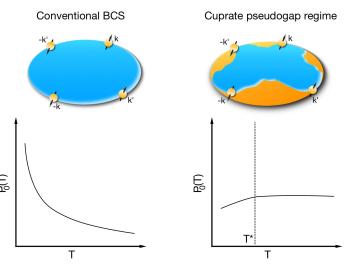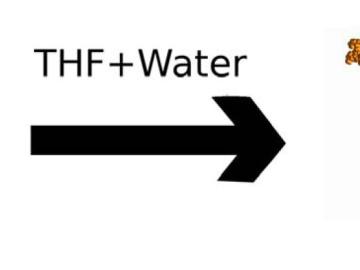Filter News
Area of Research
- (-) Supercomputing (8)
- Biology and Environment (4)
- Clean Energy (27)
- Climate and Environmental Systems (3)
- Computer Science (1)
- Energy Sciences (1)
- Fusion Energy (4)
- Materials (19)
- Materials for Computing (1)
- National Security (4)
- Neutron Science (4)
- Nuclear Science and Technology (4)
- Nuclear Systems Modeling, Simulation and Validation (2)
- Renewable Energy (1)
Media Contacts

Scientists from Oak Ridge National Laboratory used high-performance computing to create protein models that helped reveal how the outer membrane is tethered to the cell membrane in certain bacteria.

Oak Ridge National Laboratory scientists have discovered a cost-effective way to significantly improve the mechanical performance of common polymer nanocomposite materials.

Scientists have tapped the immense power of the Summit supercomputer at Oak Ridge National Laboratory to comb through millions of medical journal articles to identify potential vaccines, drugs and effective measures that could suppress or stop the

A novel approach developed by scientists at ORNL can scan massive datasets of large-scale satellite images to more accurately map infrastructure – such as buildings and roads – in hours versus days.

Oak Ridge National Laboratory will partner with Cincinnati Children’s Hospital Medical Center to explore ways to deploy expertise in health data science that could more quickly identify patients’ mental health risk factors and aid in

The prospect of simulating a fusion plasma is a step closer to reality thanks to a new computational tool developed by scientists in fusion physics, computer science and mathematics at ORNL.






